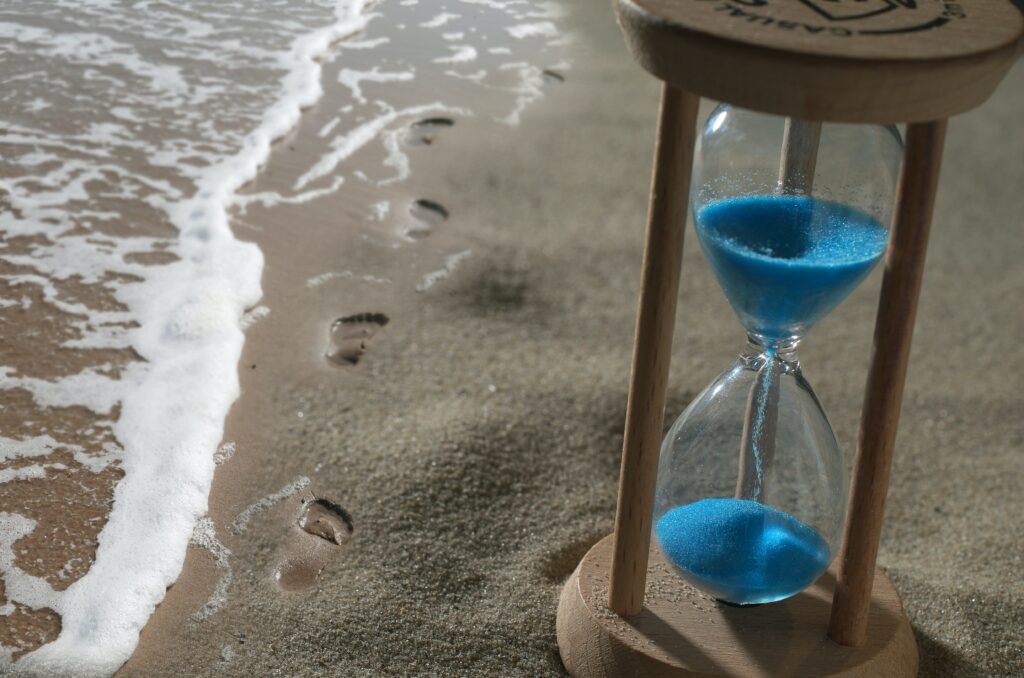
Driving to the beach can be measured in distance (40 miles) or time. However, while the distance the beach is from the house remains constant, the time can vary drastically due to traffic, road conditions, and so on.
We often use time a base unit to measure things. ‘How many minutes till we get to the beach?’ was the refrain of the children in the car yesterday. How long will it take you to complete task X or project Y.
The time it takes for the earth to complete one full rotation depends on where it is in relation to the sun. On average, it takes about 24 hours to complete a rotation.
But time in itself is a measure of distance travel. As stated above it takes about 24 hours for the to complete a full rotation. A light year is the distance light travels in a year – approximately 5.88 trillion miles. So light reflecting off the moon travels to earth in 1.29 light seconds.
Just like a car journey can vary in time, so can organisational change. We can design and visualise the change we seek to create. However, the time it takes to achieve that is difficult to predict. And yet, we create project plans and gantt charts with units of time.
What would happen if instead of measuring time something took (earth rotation), we measured distance travelled (light year)? What distance in the change process did we travel today, this week, this month?
We’ve all experienced tight deadlines. And often, afterwards, we are amazed at the amount of work accomplished (distance travelled) in a short period of time. So in our work on change, what would happen if we were able to articulate the distance we need to travel, then estimate the time it would take. And then ask, ‘how could we travel the same distance in half the time? in 25% of the time?’
It might unlock interesting possibilities.

0 Comments